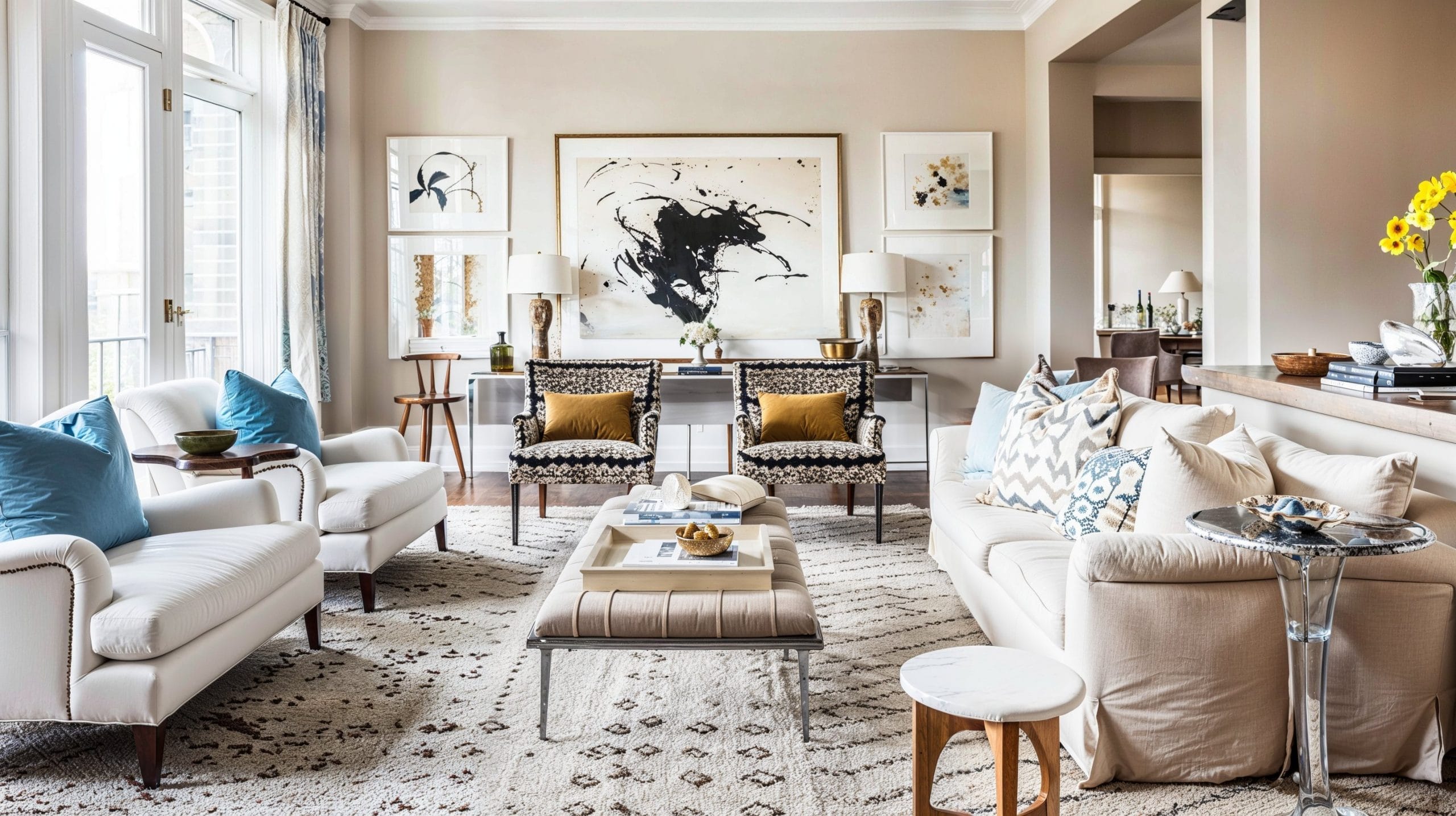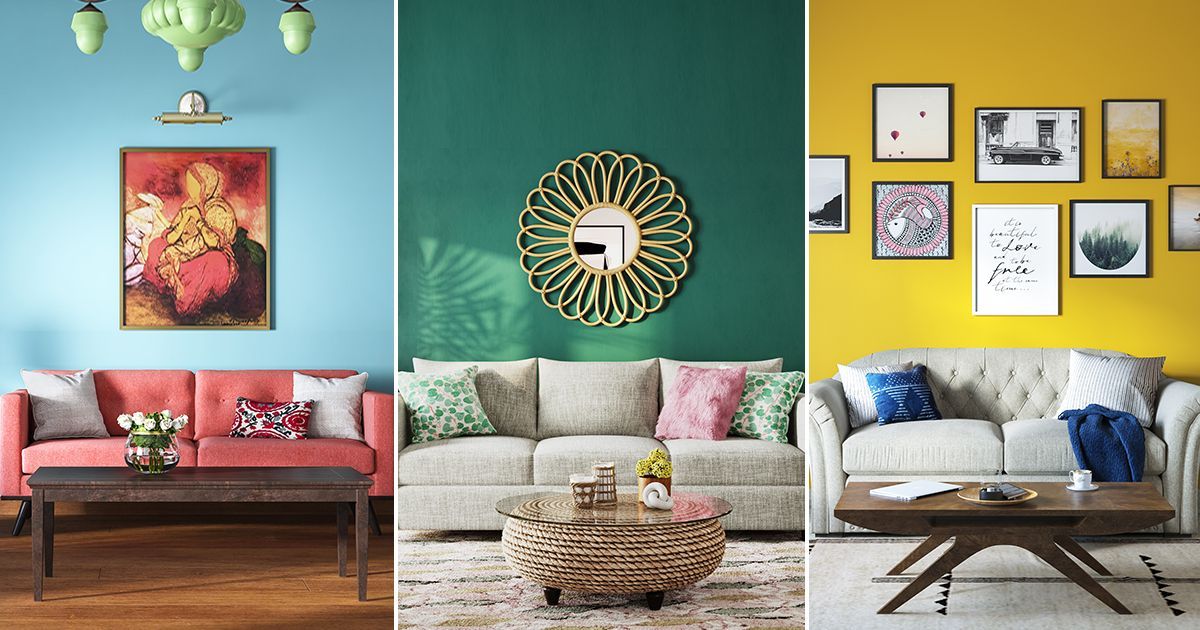Upgrade your space with exclusive luxury interior design.
Upgrade your space with exclusive luxury interior design.
Blog Article
Change Your Home With Vital Concepts of Interior Decoration and Visual Appeals
By understanding the effect of shade concept and the significance of appearance and patterns, one can develop areas that are not just visually enticing however likewise deeply personal. Achieving this balance entails even more than simple design; it encompasses a strategic arrangement and an eager understanding of just how each component communicates within an area.
Comprehending Shade Theory
Color concept is a basic element of interior layout that considerably affects mood, perception, and total aesthetic. Recognizing the concepts of color theory allows designers to produce areas that resonate psychologically with passengers while satisfying practical demands (Architecture Firm). Shades can be classified right into 3 main kinds: main, additional, and tertiary. Each classification plays a vital function in developing consistency within a space.
The emotional effect of colors is extensive; warm hues such as reds and oranges evoke power and heat, while great tones like blues and greens advertise calmness and peace. The use of corresponding colors enhances visual rate of interest, developing striking contrasts that can raise a room's appeal.
Neutral shades, on the various other hand, work as a versatile backdrop, allowing other layout components to beam. It is vital to take into consideration variables such as illumination and the room's function when selecting a color scheme, as these can change the perception of shades throughout the day.
Eventually, a well-considered shade scheme can change a room, cultivating a sense of comfort and style that straightens with the occupants' choices. Proficiency of shade theory is, for that reason, a vital skill for any indoor developer aiming to develop unified and inviting environments.
Attaining Balance in Style
Just how can designers attain a feeling of balance in their rooms? Achieving balance in design is basic to producing harmonious interiors.
Unbalanced balance, on the various other hand, depends on differing aspects that still accomplish a natural appearance. This strategy permits for even more vibrant and informal plans, providing interest while maintaining equilibrium. By very carefully choosing varying sizes, shades, and structures, designers can develop an aesthetically engaging area that really feels well balanced yet energetic.
Radial equilibrium emphasizes a central centerpiece with aspects emitting exterior. This style is commonly seen in circular designs, where furnishings and style create a natural border that attracts the eye inward.
Inevitably, accomplishing balance requires thoughtful factor to consider of range, proportion, and the relationships between components. miami luxury interior design. By masterfully using these balance principles, developers can transform areas into atmospheres that feel both cosmetically pleasing and functionally unified, boosting the total experience for passengers
Significance of Spatial Awareness

An eager sense of spatial recognition permits designers to recognize centerpieces within a room, guiding the viewer's interest to key features while keeping a general sense of unity. It also assists in the strategic positioning of lights, which can dramatically influence the understanding of space and mood. Comprehending spatial relationships allows the developer to provide to the certain demands of occupants, making certain that each location offers its intended objective without jeopardizing aesthetics.
Inevitably, spatial understanding is critical for making best use of the capacity of any kind of interior area. By thoroughly taking into consideration the interplay in between measurements, design, and feature, developers can produce settings that not only satisfy functional needs however likewise stimulate a feeling of comfort and beauty, boosting the general living experience.
Including Texture and Patterns
Welcoming a diverse series of appearances and patterns can substantially boost the visual and responsive charm of an indoor area. The tactical use of different products-- such as timber, steel, fabric, and stone-- produces depth and passion, making a room feel a lot more welcoming and vibrant. Combining smooth surfaces with rough appearances can establish a balance that attracts the eye and engages the senses.
When incorporating patterns, take into consideration both scale and repetition. Huge patterns can serve as prime focus, while smaller, subtle styles can complement other components without frustrating the area. Layering patterns, such as pairing flower paddings with candy striped throws, includes see here intricacy and a sense of harmony if performed thoughtfully.
It is additionally vital to keep a cohesive shade palette, guaranteeing that textures and patterns collaborate instead than contend for focus. By picking a couple of vital textures and patterns, you can develop a linked aesthetic that mirrors your personal design while enhancing the general ambiance of the area. Eventually, the mindful consolidation of these components can change a mundane area right into an innovative atmosphere rich with personality and warmth.
Customizing Your Space
Developing an area that shows your character is crucial to attaining a truly welcoming setting. Customization in interior decoration enables you to instill your distinct style and passions into your home, transforming it from a plain shelter right into a haven that speaks with that you are. Begin by choosing a color palette that reverberates with your feelings-- strong hues can energize, while soft tones offer serenity.
Integrate art work and design that reflect your enthusiasms, whether it be travel, nature, or abstract ideas. Displaying individual collections, such as publications, photographs, or mementos, can stimulate cherished memories and create focal factors within a space. Furthermore, think about tailoring practical pieces, like upholstered furnishings, to line up with your aesthetic choices.

Verdict
In final thought, the change of a home via the crucial principles of interior decoration and visual appeal requires a detailed understanding of color concept, balance, spatial understanding, texture, and customization. Each component contributes dramatically to developing a harmonious and useful living atmosphere - miami interior design. By attentively integrating these concepts, people can boost the visual charm and psychological resonance of their spaces, ultimately cultivating a home that mirrors one-of-a-kind identities while supplying comfort and functionality
Report this page